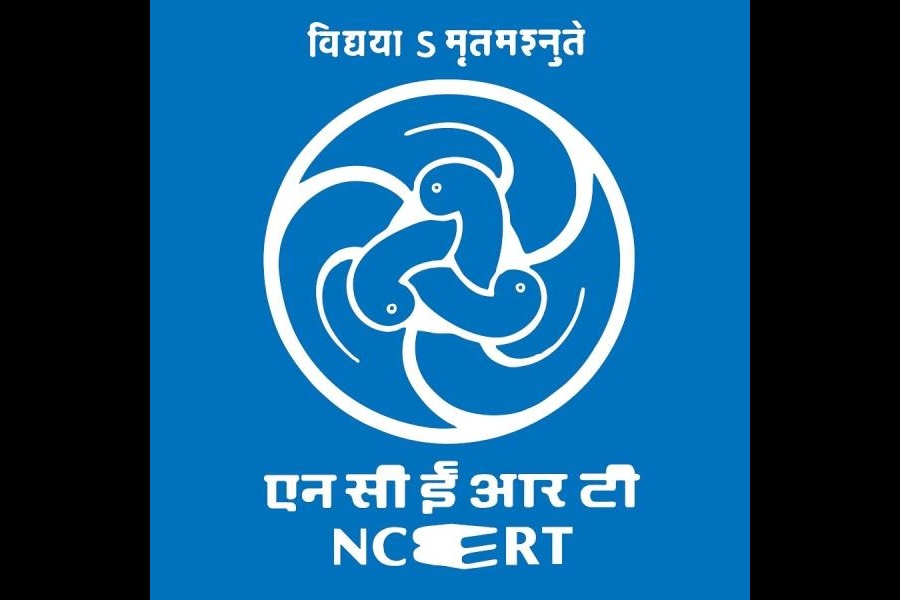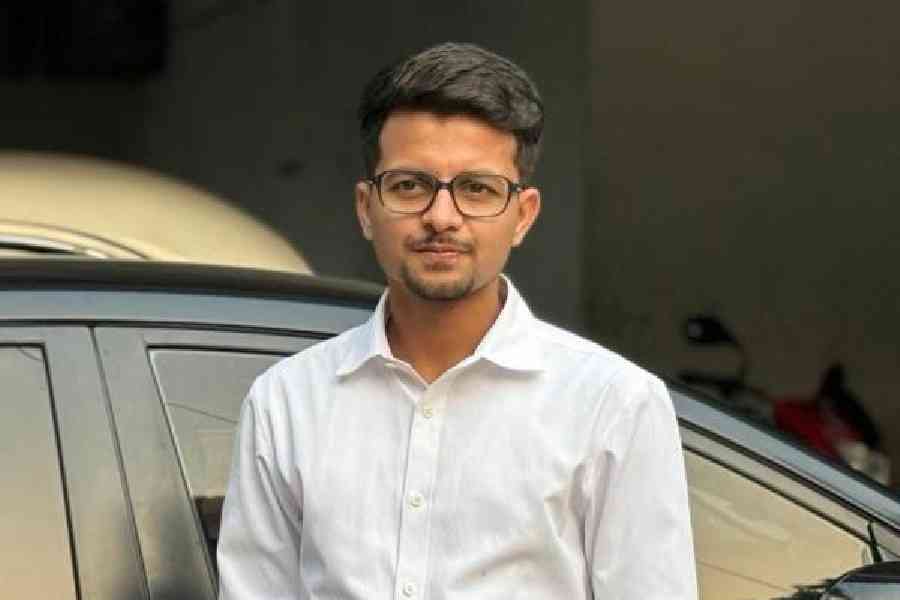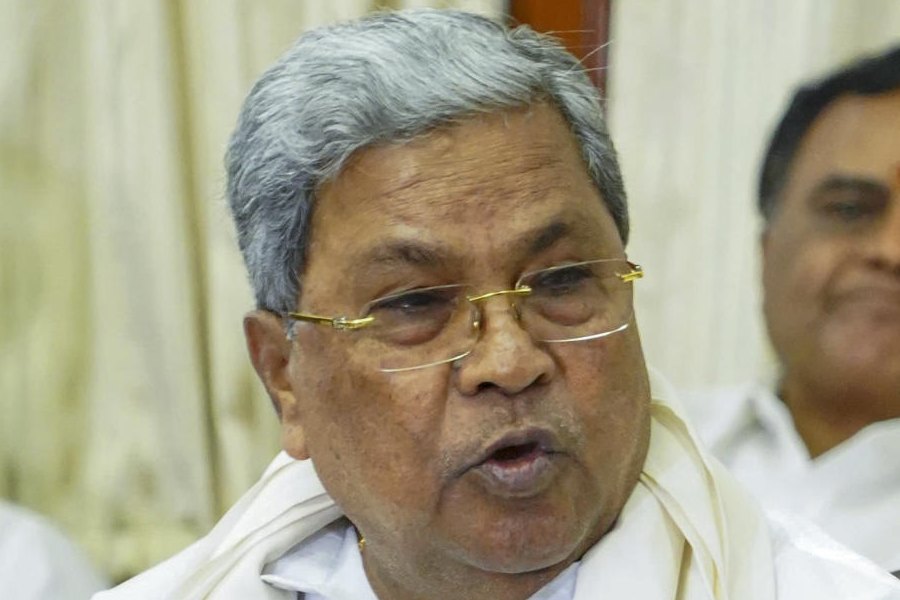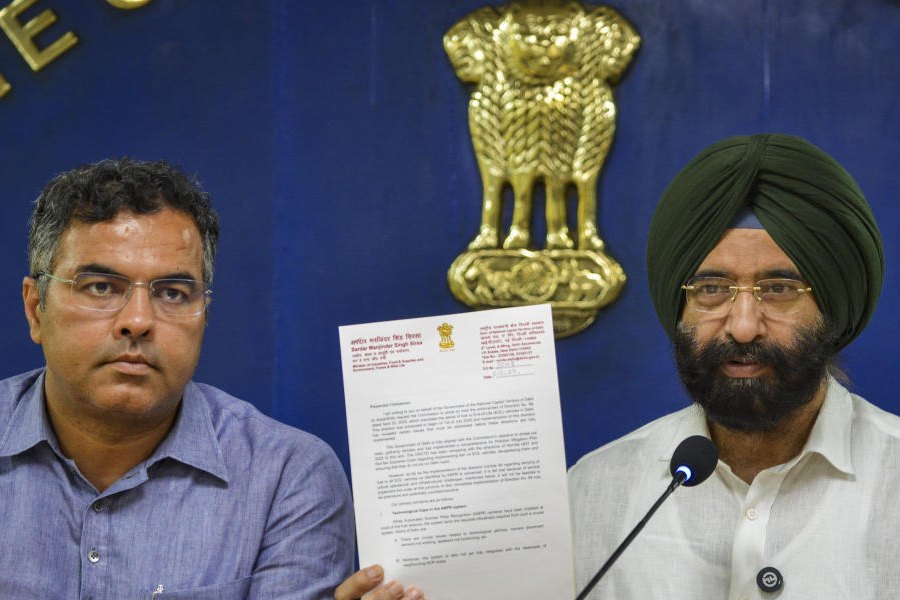 |
 |
Photography and light are inextricably connected. Blindness negates light. This is a conclusion that the sighted inevitably draw, for they are unaware that it is possible for those with low vision to take photographs of a high quality with residual sight, and even those born blind can make use of their tactile and auditory senses to click a camera at the decisive moment, just the way Henri Cartier-Bresson had prescribed.
This is a truth one stumbles upon at Wide Eye Open, Exhibition of photographs by the Visually Impaired, being held at the Harrington Street Arts Centre in collaboration with the Beyond Sight Foundation, Mumbai, till September 21. The exhibition, which is an eye-opener, is quite intelligently formated and allows both the sighted and the visually impaired to enjoy it. Largish prints of the photographs are juxtaposed with touch-and-feel raised images of the same with Braille footnotes, large prints and recorded audio descriptions.
In the photographs of the pattern created by the shadow of leaves, an atrium seen from below, the geometry of columns, and inverted triangles of leaves, a flight of pigeons and several ectoplasm-like images captured with a pin-hole camera, viewers realise that they depended on sounds as guides, memories, differences in temperatures of objects, perceptions of patterns and the impression of light for those with low vision to direct them.
As a blind photographer explained in the HBO documentary Dark Light: The Art of Blind Photographers, which was screened at the exhibition along with the Iranian film Seven Blind Female Filmmakers, “everything is just vibrations”. And it was vibrations that Beethoven depended upon in his later years, when increasing deafness threatened his ability to compose. He sawed off the legs of his piano, and used the floor as a sounding board. Lying with his ear to the wooden floor, he hit the piano notes to make sure his concept matched the actual music.
The Wide Eye Open exhibition is the culmination of the Blind With Camera project that was started by Partho Bhowmick, a corporate executive from Mumbai with a passion for photography. Bhowmick, who was in Calcutta for the opening and to conduct workshops with students of the Welfare Society for the Blind, Behala, and La Martiniere and Aksar, says he learnt about a French visually impaired photographer from a magazine in 2004 and established contact with him through the Internet. He was thereafter connected with visually impaired artists across the world.
Bhowmick started independent research on blindness and visual art forms and in 2005 tried to work with the visually impaired. But he discovered to his dismay that they were not interested. So he started working with students of the Victoria Memorial School for the Blind in Mumbai, and within a year he organised a well-received exhibition of their photographs at the National Centre for Performing Arts in Mumbai.
 |
 |
He has since held such exhibitions at many prestigious venues, including the International Disability Art Festival in Liverpool, where he discovered the raised images and also found out that this low-cost technology was available in India.
Kodak had initially supported his project in 2006, when the students used analogue cameras. Canon came forward once they switched over to digital.
Bhowmick had by then founded the Beyond Sight Foundation. His students are from lower-income groups and are a mix of completely blind and those with low vision, who comprise a large percentage of the blind population. Bhowmick says digital cameras and LCD screens come as a blessing to them as they have a problem with depth of field. What they cannot see in real life, they can on an LCD screen.
The full training in basics takes between two to three years, and when they use film, he takes them to the dark room as well. Bhowmick is working on a new photo theme titled “Who is blind in a dark room”, engaging sighted and trained blind photographers.










